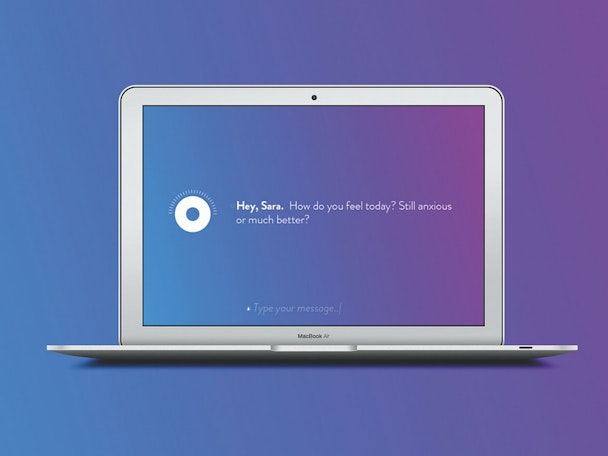A programmatic approach to the future of marketing
The future of marketing is a fascinating place: it offers great opportunities for forward-thinking organisations. At the same time it could leave other organisations high and dry thanks to changes in the way consumers buy products and services, and expect to be communicated with. BHS is the most recent example of a business failing to keep up with consumer trends and ending up in trouble.

A programmatic approach to the future of marketing
It is fair to say that in the not too distant future all of your organisation’s contact with consumers through traditional media will be available programmatically. Programmatic is something of a buzzword at the moment. In this context, it refers to any media that can be bought on-the-fly by software, rather than via an insertion order agreed between teams of people.
According to the International Association of Bookkeeping, over half of all digital display ads were bought programmatically in the UK for the first time in 2015, a total 60 per cent of display ads were traded programmatically, up from 47 per cent in 2014. In the newer medium of mobile, programmatic media accounted for an even bigger share.
The increasing prevalence of display ads being bought programmatically is merely a taste of what will be possible moving forwards. We are seeing early adopters make significant progress in their adoption of programmatic technologies. Spotify (or radio as it is known for those of us born last century) now boasts the ability to buy ads programmatically, whilst Sky’s recent deal with DataXu shows real intent in the addressable TV market. Clear Channel and Mediacom started conducting programmatic ooh experiments as long ago as 2014 and Time magazine in the US has worked with Mediamath on a platform that allows an advertiser to buy ads in magazines programmatically.
What does the programmatic revolution mean for marketers today?
So, these early adopters are already establishing programmatic workflows, but what about mainstream organisations? As previously stated, opportunities abound for those organisations that can develop strategies that exploit this new technology within the context and constraints of their own business model.
The ability to place relevant, timely messages in front of current customers and new prospects alike has always been the Holy Grail of marketing. We are now one step closer to making this a reality with the use of programmatic (display/TV/audio/ooh/print) media. Technology is the enabler, but the real change has to be driven by individuals within organisations. The critical factor is the collective mindset of your team. Creating a culture and processes where available data from any source is used to inform your advertising will be the difference between being the next John Lewis or the next BHS.
Programmatic digital display is the here and now. The challenge is to build a data driven culture and set of processes; through this you will future-proof your business for tomorrow. And yes, it is important to start working towards this goal now, since you can bet that at least some of your competitors will be taking advantage of the possibilities of tomorrow, today.
Andrew Howe, Sales Director, Interactive, Teradata Marketing Applications.
Email: andrew.howe@Teradata.com
Web: www.marketing.teradata.com
Twitter: @TeradataAppsUKI

